Insert molding is one of the most used molding processes in manufacturing for a number of good reasons. It is cheap, fast and works very well with a number of materials. The method has been around for years and has been growing from strength to strength, with more manufacturers adopting it in their assembly line. But what exactly is insert molding?
We are going to explore insert molding design, what it is about, the processes involved, the advantages they have, and what the future holds for it in the manufacturing world. If you have been thinking of assimilating molding into your plant, stick around to the end and learn some important tips along the way.
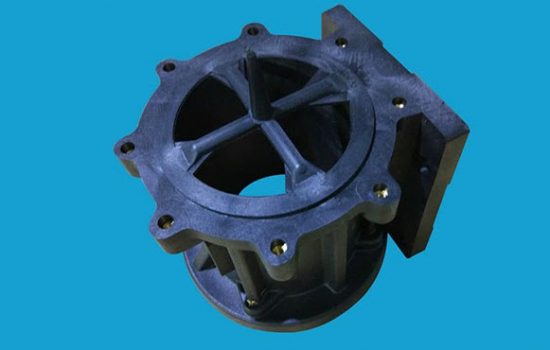
Choosing to go with insert molding comes with its own benefits, and it is not by accident that more and more manufacturers, especially those that deal with plastic products, are turning to insert molding for their assembly lines. The following are reasons why you should choose to design your products using insert molding.
Cheap: Setting up an insert molding complex is costly, just like any other installation, but once you start hitting the ground running, it becomes cheaper. All you need are molds and the design, and you are ready to start production immediately.
Fast: Once you have figured out the type of products you want to make and once you have set up the mold shape, production can start running into thousands of products in a single day. When everything is in place, all you have to do is to set the ball rolling, sit back and watch automation take over.
Consistency: There’s a sharp uniformity in products that have been produced using insert molds. Once the mold is set and secured in place, every injection molding that goes in comes out at the end, looking exactly like the previous one. This consistency is important in inspiring customer confidence.
Flexibility: Whether you are dealing with plastics or metal, insert molding can handle them all when the need arises. This makes it a cost-effective solution for those looking to have a hand in all types of products that use different raw materials.
Few Parts: The products that result from insert molding usually have few weaknesses due to the limited number of parts used. Insert molding reduces the need to have many features joining up to form one component. The fewer the parts used, The stronger the final item.
Easy Designing: Designing for insert molding is much easier compared to other forms of molding. It gives designers more room to try out different things without wasting anything, and once the final design is arrived at, a mold is created, and the rest is history.
Versatile: You can create just about anything that your imagination can conjure up with insert molding; there’s nothing that’s beyond its abilities. This makes it the ideal method to use to make customized products that cannot be found anywhere else.
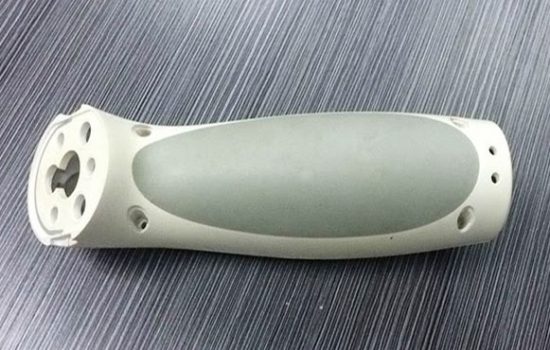
When coming up with design for insert molds, you have to be mindful of some factors that may directly or indirectly affect the efficiency and success of the entire process. For starters, you have to be mindful of the wall thickness of the mold itself, as that will affect how heat is distributed and dissipated. Too thick, and you may have difficulty cooling a mod down; if it is too thin, you may risk having a product that cools off too fast, causing deformities.
You also have to pay attention to the nature of the raw materials used. How you handle plastic products will not be the same way you handle metallic molds, the latter requires more expertise and advanced machinery. The availability of the said materials is also another important thing you have to pay attention to; you cannot create something out of thin air after all. The nature of the design is another area that demands some deep thought.
Designing insert molds flows are a standard process that has to be followed strictly to increase chances of success. The following is a quick review of these steps.
Preparing the Machinery: Preparing the machinery used in the process is the first step when it comes to designing insert molding. One has to check the machine tolerances and the alignment of every part to ensure that the final product comes out clean.
Inserts: The next step is deciding the type of inserts to be sued. This can either be metal or plastic in most cases. For metal, the most common types include brass and stainless steel. For plastic, just about anything can do. The molds are then placed into the machine in a vertical position to make sure they stay in place as the machine starts working.
Threading: Insert molding has different thread options available. Threading refers to the ways through which materials are placed into the mold. The aim here is to make sure that the mold doesn’t create the product insert but rather, to make it stay functional and useful even during downtimes.
Molding: Once everything is in place and the design is finalized. It is time for the machine to be put into use and make the end product as specified. The time it takes from start to finish depends on the size of the product and the nature of the materials.
The kinds of materials that can be used for the insert molding process are diverse. The manufacturer decides on the materials used based on the final product that they intend to create. The most common materials include the following.
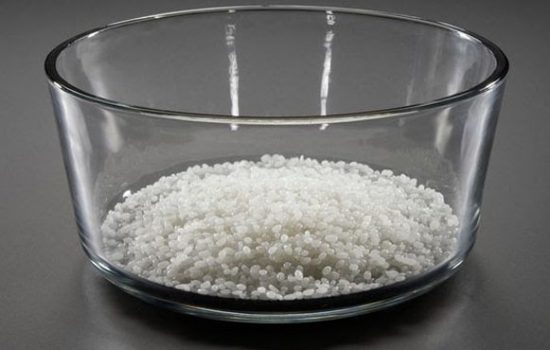
Source: Pinterest
These are plastic-based molding processes that can be used multiple times without their qualification coming down. They are eco-friendly, resistant to chemicals, and are the ideal material to go for when variance is what you are to get at the end. Some of the common types of thermoplastics include Polyethylene, Polystyrene, and Nylon.
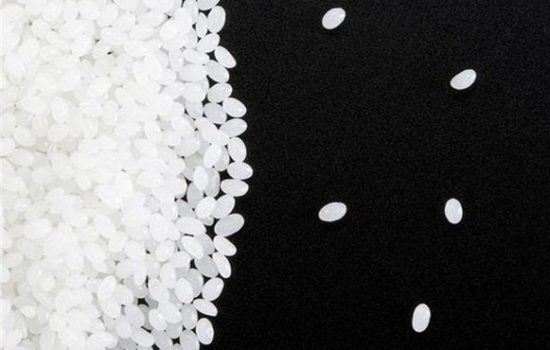
Source: Pinterest
Thermosets almost resemble thermoplastics, but they cannot be recycled. Once they are used, that’s it, no recycling. These attributes make them the least used of all materials as they are not eco-friendly nor cost-effective. Some common thermosets that are common in the market include phenolic and epoxy.
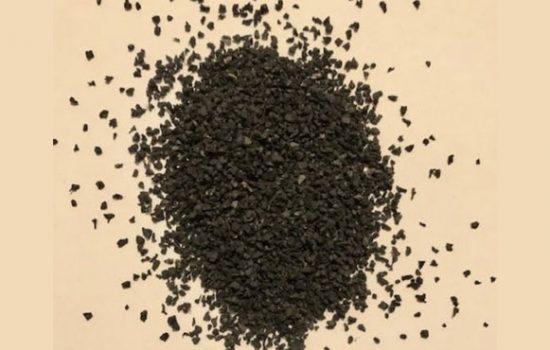
Source: Pinterest
These are natural and synthetic materials that have properties close to rubber. They are elastic, recyclable, and easily available. Their eco-friendly attributes have made them a favorite of making home appliances. Some common types of elastomers that are used today include natural rubber and polyurethane.
Insert molding is not going away anytime soon, and as time passes by, the technology behind it continues to grow by huge margins. There are many other variations of the molding process, but all use similar methods. If you have been thinking of setting up an insert molding section in your manufacturing plant but have no clue where to begin, check out our website at your own time, and our team of experts will be there to answer all the questions you may have.
+86-755-8524 1121
marketing@rydtooling.com
No. 2, HongKan 1st Road, YanChuan Community, YanLuo Street, BaoAn District, ShenZhen City, China. Post Code 518105.
Subscribe to our newsletter to get manufacturing news and updates!
